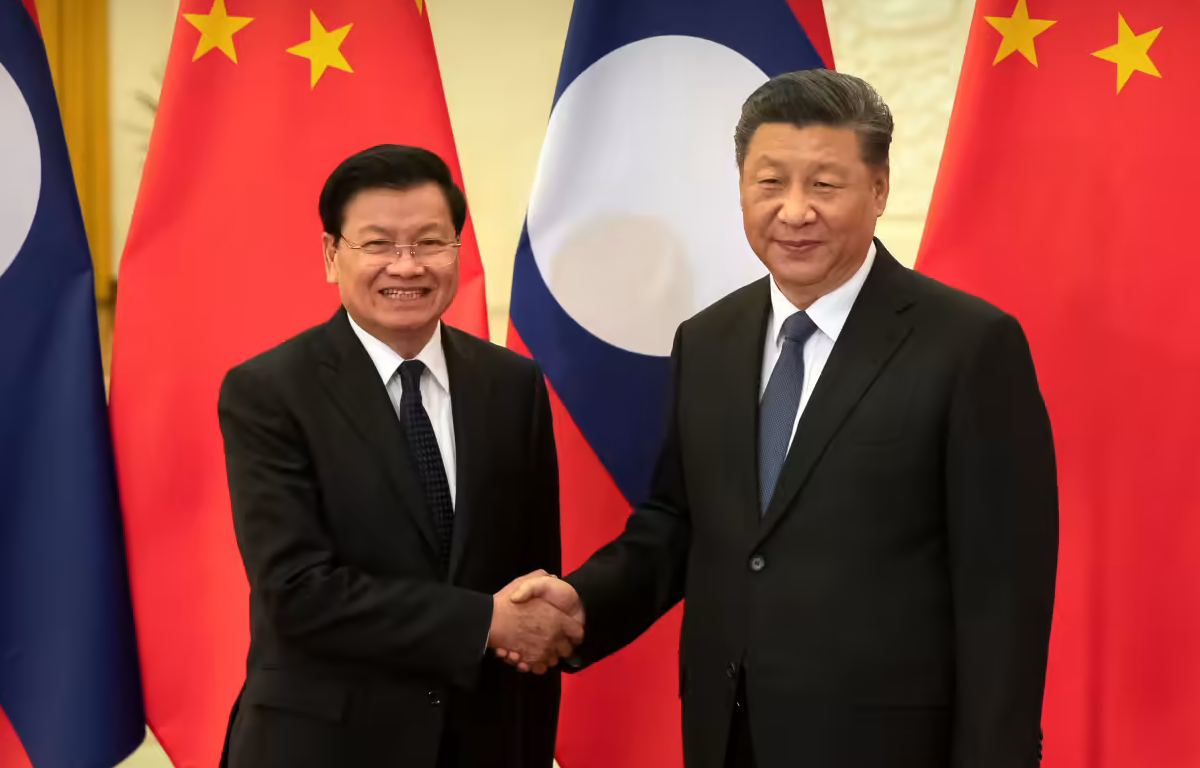
China’s interest in Fiji and the broader Pacific region can be attributed to its pursuit of economic opportunities, access to natural resources, and strategic positioning in the Asia-Pacific theater. Viewing Fiji as a potential model for its endeavors in the Pacific, China embarked on an ambitious blueprint that encompassed infrastructure projects, trade partnerships, and diplomatic ties.
China’s investments in Fiji were substantial, ranging from the construction of roads and bridges to funding development projects in critical sectors such as energy and telecommunications. These initiatives were often framed as mutually beneficial, promising economic growth and improved infrastructure for Fiji while advancing China’s regional interests.
However, as China’s influence grew, challenges began to surface. While the promised investments brought initial benefits, concerns about the terms of these deals arose. Critics argued that China’s funding often came with strings attached, such as high-interest loans and a focus on Chinese labor for construction projects, which led to limited employment opportunities for local communities.
Moreover, as China’s presence expanded, it raised geopolitical concerns among traditional regional powers, including Australia and New Zealand, as well as other Pacific Island nations. These countries expressed apprehension about the potential for China to gain undue influence over the region, undermining their own longstanding relationships and security arrangements.
The Chinese projects in Fiji also faced challenges rooted in cultural and environmental considerations. Many of the projects clashed with local customs and ecological sensitivities, leading to protests and opposition from indigenous communities and environmental advocates. The controversy surrounding the environmental impact of certain projects, such as mining and logging, raised questions about China’s commitment to sustainable development in the region.
The challenges encountered in Fiji prompted China to rethink its approach to expanding influence in the Pacific. The backlash and concerns raised by both local communities and regional players led to a realization that a one-size-fits-all strategy might not be effective in the diverse and complex Pacific
China’s experience in Fiji serves as a cautionary tale for its ambitions in the wider Pacific. It underscores the importance of taking into account the unique needs, cultures, and concerns of each Pacific Island nation when formulating engagement strategies. Flexibility, transparency, and respect for local sovereignty are likely to be key factors in building lasting partnerships in the region.










Share this: